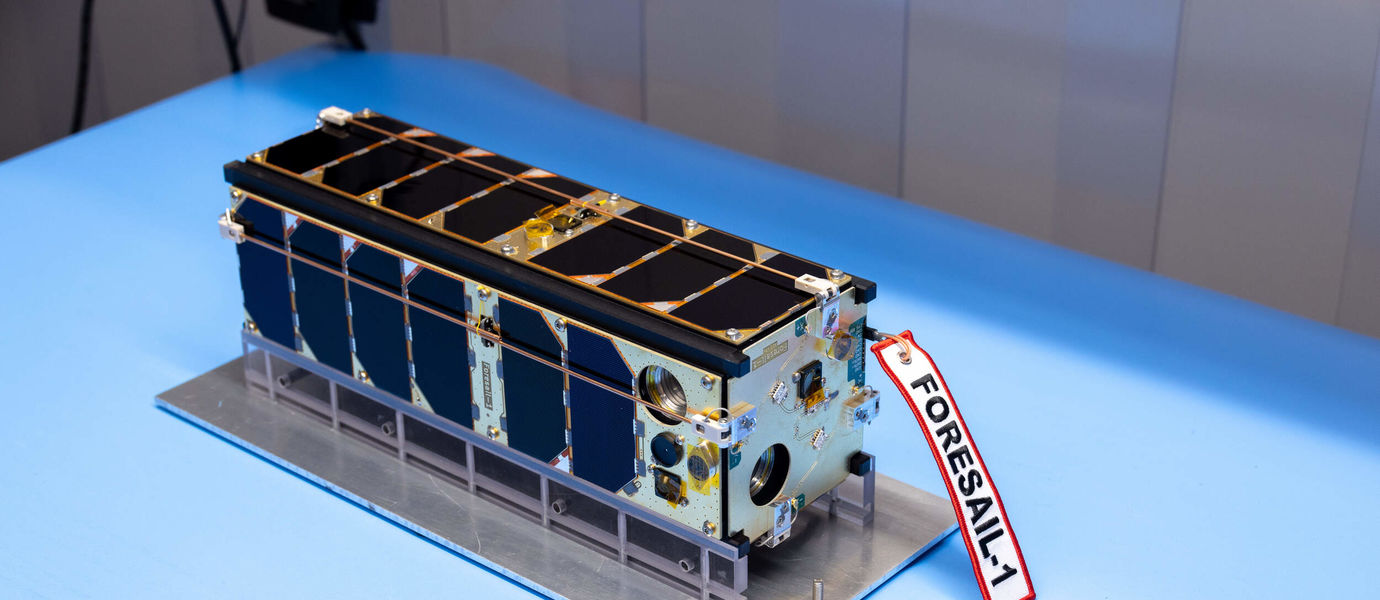2022-04-12 ローレンスリバモア国立研究所(LLNL)
・この研究は、タンタルがあらゆる条件下で単一の固相を保つという理解に基づいています。タンタルは名目上単純な物質ですが、原子レベルのプロセスがほぼ2桁に及ぶ強度のばらつきを見せるという複雑さをもっています。
・この研究は『Acta Materialia』誌に掲載され、「強度に関する首尾一貫した見取り図が得られるのか? 極限状態における強度の理論的理解とモデリングを進めることができるのか?」という2つの疑問に答えることを主眼としている。
・研究者らは、7種類の多様な実験データを用い、3つの独立した強度モデルを比較することで、幅広い条件下で斬新な相互比較を行いながら強度を探求している。
<関連情報>
- https://www.llnl.gov/news/tri-lab-researchers-focus-tantalums-strength-ambient-extreme-conditions
- https://www.sciencedirect.com/science/article/pii/S1359645422002610?via%3Dihub
タンタルの強度を常温から極限状態まで幅広く研究 A broad study of tantalum strength from ambient to extreme conditions
Michael B.Prime,AthanasiosArsenlis,Ryan A.Austin,Nathan R.Barton,Corbett C.Battaile,Justin L.Brown,LeonidBurakovsky,William T.Buttler,Shuh-RongChen,Dana M.Dattelbaum,Saryu J.Fensin,Dawn G.Flicker,George T.GrayIII,CarlGreeff,David R.Jones,J. Matthew DLane,HojunLim,D.J.Luscher,Thomas R.Mattsson,James M.McNaney,Hye-SookPark,Philip D.Powell,Shon T.Prisbrey,Bruce A.Remington,Robert E.RuddbSky K.Sjue,Damian C.Swift
Acta Materialia Published:1 June 2022
https://doi.org/10.1016/j.actamat.2022.117875

Abstract
By combining experiments and modeling from three US national laboratories, we explore compressive strength in a well-characterized material, tantalum, across pressures from zero to over 350 GPa, strain-rates from <?XML:NAMESPACE PREFIX = “[default] http://www.w3.org/1998/Math/MathML” NS = “http://www.w3.org/1998/Math/MathML” />10−3/s to 108/s and temperatures from 148 K to 3800 K. Strength values from 40+ experiments are shown to vary by nearly two orders of magnitude, from 0.15 GPa to over 10 GPa. Cross-comparison of these results allows pressure and strain-rate dependencies to be isolated, and strength increases more significantly with pressure than with strain rate over the range studied. Simulations using Preston-Tonks-Wallace, Livermore Multi-Scale, and Kink-Pair strength models test modeling capabilities and provide further insight into strength mechanics. The widely-used assumption in those models of shear-modulus scaling underpredicts strength by a factor of about two at extreme pressures in pulsed-power planar ramp-release experiments, which largely isolate pressure effects. Richtmyer-Meshkov Instability experiments, which largely isolate strain rate effects at ∼107/s, suggest that modeling assumptions about mechanisms at the highest rates need further study. Laser-driven Rayleigh-Taylor instability experiments, which simultaneously probe extreme pressures and strain rates, provide both model and cross-platform experimental validation. The large-scale collaborative nature of this study covers a wide span of experimental conditions and modeling approaches, allowing for extraordinary insight into dynamic strength.



